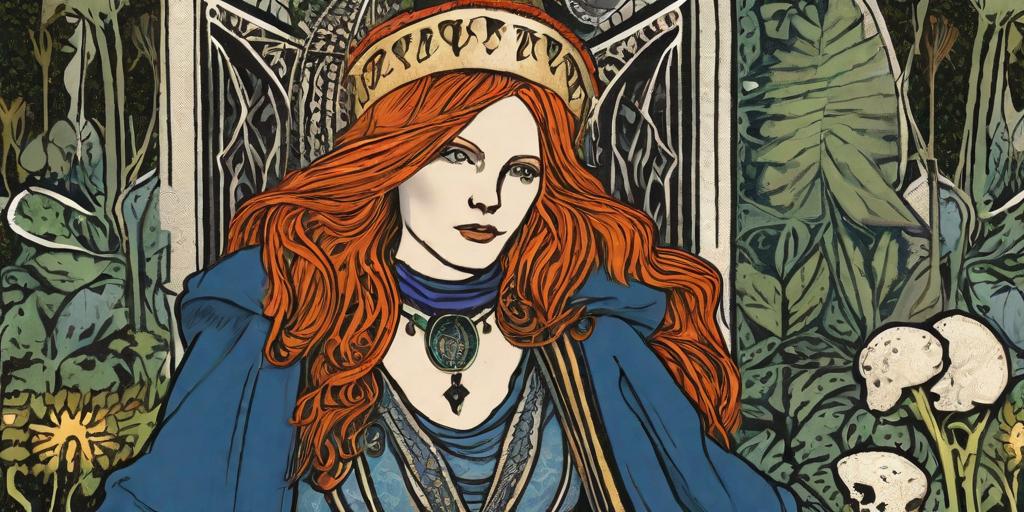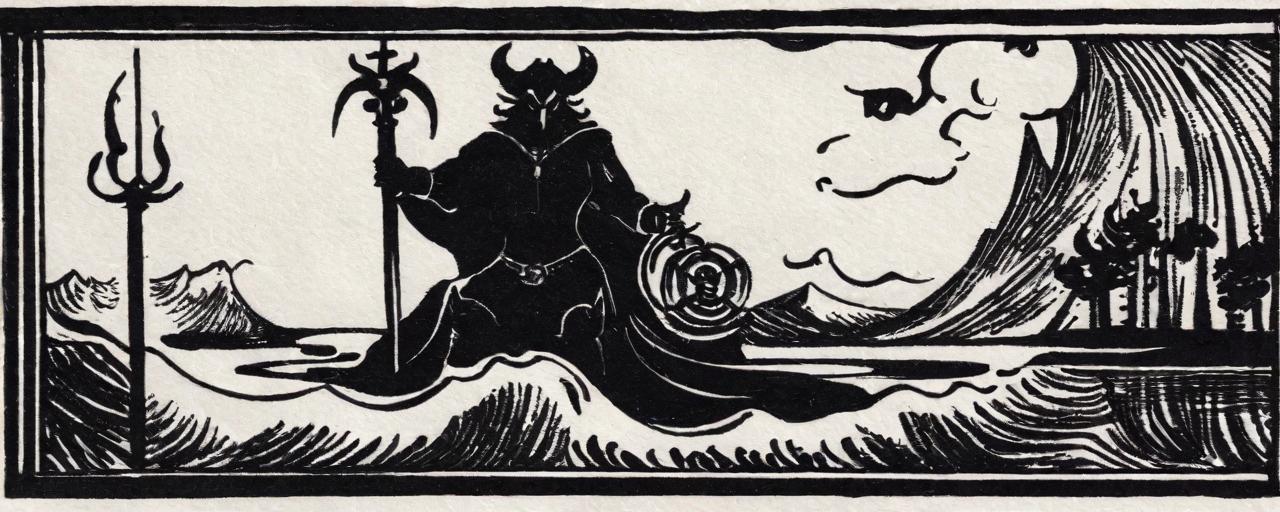The allure of tarot readings lies in their ability to offer insights into the unknown, guiding individuals through life’s complexities. For centuries, these mystical cards have captivated minds and sparked curiosity about their accuracy. Skeptics dismiss them as mere chance or psychological tricks, yet countless believers attest to their uncanny precision. Exploring the depth of symbolism, psychological connections, and intuitive interpretations sheds light on why tarot readings often resonate so profoundly with seekers.
Symbolism and Archetypes
At the core of tarot’s accuracy are the rich symbols and archetypes embedded within the cards. Each card represents a unique aspect of the human experience, encompassing emotions, challenges, and life stages. The imagery—ranging from the serene High Priestess to the transformative Death card—speaks a universal language that resonates with the subconscious mind. These symbols act as mirrors, reflecting the complexities of one’s inner thoughts and feelings. When a reader interprets these symbols, they tap into a collective unconscious, offering insights that often strike a chord with the querent.
Consider the enigmatic High Priestess card: she embodies intuition, mystery, and the hidden realms of the subconscious. The serene figure seated between two pillars signifies accessing deeper knowledge beyond the conscious mind. When this card appears in a reading, it often symbolizes a need to listen to one’s inner voice and trust intuition—an example of how the card’s symbolism connects with the reader’s subconscious.

Intuition and Psychic Sensitivity
Tarot readers often rely on their intuition, a heightened sensitivity, and psychic abilities to interpret the cards. While some may possess innate psychic gifts, others cultivate their intuitive skills through practice and experience. This intuitive understanding allows readers to go beyond the literal meanings of the cards, delving into subtle nuances and connecting disparate elements within a spread. The ability to pick up on energies and emotions surrounding a situation enables the reader to provide nuanced and insightful guidance.
Take the Death card, often misunderstood as a harbinger of physical demise. In tarot, it represents transformation, the end of one phase, and the beginning of another. A skilled reader interprets this not as literal death but as profound change or transition, relying on intuition to understand the nuances and context of the querent’s situation.
Synchronicity and Personal Relevance
The concept of synchronicity, as coined by Carl Jung, plays a pivotal role in the accuracy of tarot readings. It suggests that meaningful coincidences are not random but rather interconnected by an underlying pattern or meaning. When a person seeks a tarot reading, the cards drawn often seem to align with their current circumstances, thoughts, or emotions. The cards resonate deeply with the querent, reflecting their inner state and offering guidance that feels uniquely personal. This alignment between the cards and the individual’s life creates a sense of relevance and accuracy.
Imagine a situation where the Ten of Cups, depicting joy, fulfillment, and emotional harmony, appears in a reading for someone contemplating a major life decision. This synchronicity—a perfect alignment between the card’s meaning and the individual’s emotional state—adds weight to the accuracy of the reading, creating a sense of relevance and personal connection.
Psychological Reflection and Self-Exploration
Beyond mystical interpretations, tarot readings also act as a tool for psychological reflection and self-exploration. The process of engaging with the cards prompts introspection, encouraging individuals to confront subconscious thoughts and emotions. As the reader interprets the cards, it unveils aspects of the querent’s psyche, shedding light on underlying motivations, fears, or desires. This self-awareness fosters personal growth and empowers individuals to make informed decisions, contributing to the perceived accuracy of the reading.
The Devil card often triggers apprehension due to its imagery of bondage and temptation. However, its deeper meaning lies in acknowledging self-imposed limitations or patterns that hold one back. A tarot reader might interpret this card’s appearance as an invitation for the querent to confront their fears and break free from unhealthy habits or beliefs.

Openness and Co-Creation of Meaning
The accuracy of tarot readings often hinges upon the willingness of the querent to engage openly with the process. A receptive mindset allows for a co-creation of meaning between the reader, the cards, and the individual seeking guidance. The dialogue that unfolds during a reading, as the reader interprets the cards and the querent reflects on their relevance, contributes to the accuracy of the insights gained. When there’s a willingness to explore different perspectives and embrace the guidance offered, the reading tends to resonate more profoundly.
Consider the Two of Swords, depicting a blindfolded figure holding two swords crossed over the heart. This card symbolizes difficult decisions and the need for balance. When a querent engages openly, discussing their struggle to find equilibrium in a relationship or career choice, the reader can help navigate the situation by exploring possible paths forward together.
The accuracy of tarot readings remains a topic of fascination and debate. While skeptics attribute it to chance or psychological factors, the convergence of symbolism, intuition, synchronicity, psychological reflection, and open-mindedness contributes to their perceived accuracy. Ultimately, tarot serves as a versatile tool for guidance, offering valuable insights and prompting self-discovery. Whether viewed as a mystical practice or a psychological tool, the profound impact of tarot readings on individuals’ lives cannot be dismissed.
Tarot readings continue to captivate minds and hearts, bridging the gap between the known and the unknown, providing comfort, guidance, and a deeper understanding of oneself.